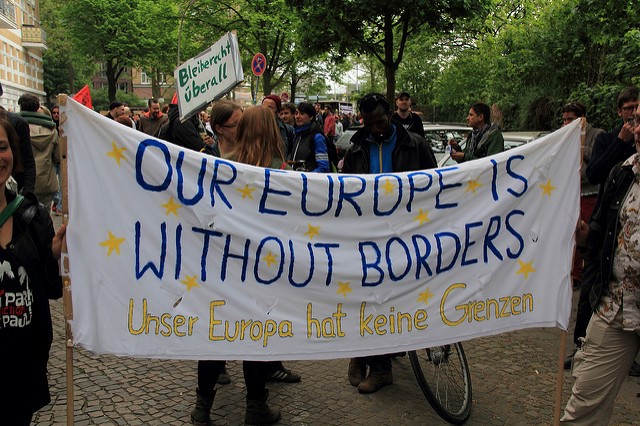
Hungary is a landlocked nation snuggled among seven other countries in Eastern Europe. Its capital is Budapest, a tourist spot well-known for its luxurious bathhouses. Even amid all the luxury and tourism, Hungary struggles with poverty. While it is comical in English that the namesake of this nation sounds like hungry, hunger in Hungary is no laughing matter.
Half a million children in Hungary live in poverty and over 40,000 of them are starving. The government of Hungary provides cheap or free meals in nurseries and schools for 370,000 children. However, these government-sponsored meals are only provided on school days; many children go to sleep hungry on weekends and holidays.
According to the Children’s Nutrition Fund (CNF), “it is the mission of GYEA (CNF of Hungary) to provide children in need with food when school cafeterias are closed.” Ongoing programs like the Food Aid Program have distributed more than 50 million pounds of food for those in need over the past seven years. In addition to this program, parents of children in need can get involved in a sponsorship program called “Chin Up!” This program provides poor families with monthly allowances if they keep a diary for their sponsors and provide invoices proving that the money was spent on feeding the family.
These programs are fighting to stop hunger in Hungary, and yet there are still issues to overcome. According to the report of the Hungarian United Nations International Children’s Emergency (UNICEF) Child Welfare Committee, every other Hungarian child is deemed deprived. That’s one in two. The children denoted are those that “do not receive food at least three times a day, do not have new clothes, never get to go on holiday or for whom there is no place to study in their home.”
The Hungarian government thus needs to continue establishing appropriate policies in order to prevent poverty levels from increasing.
– Karyn Adams
Photo: Flickr


